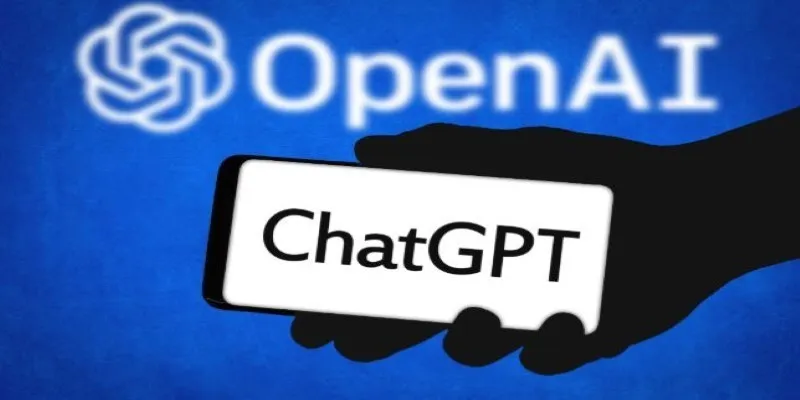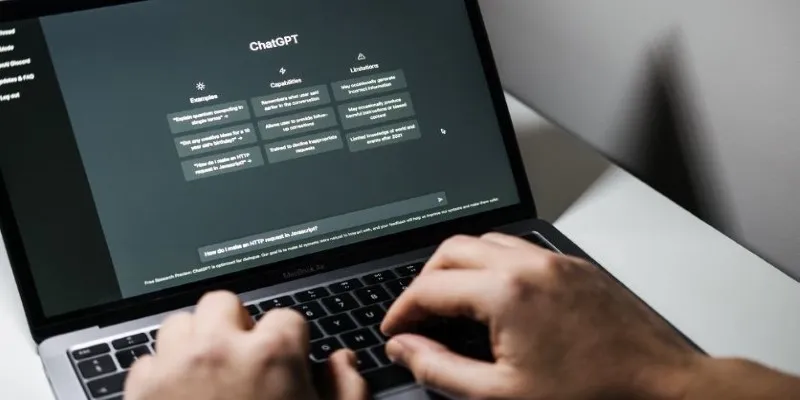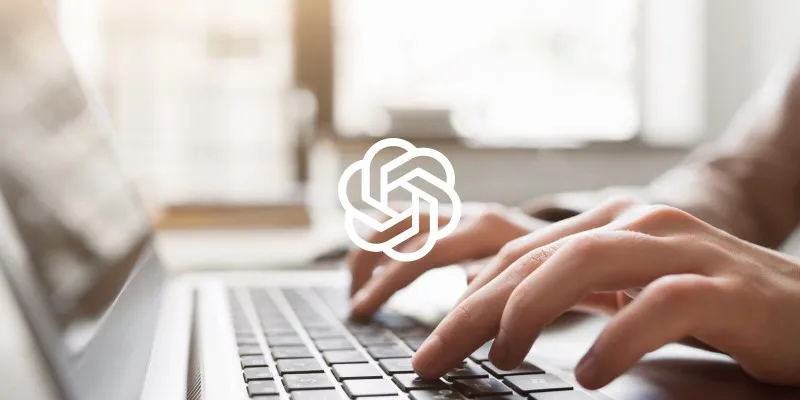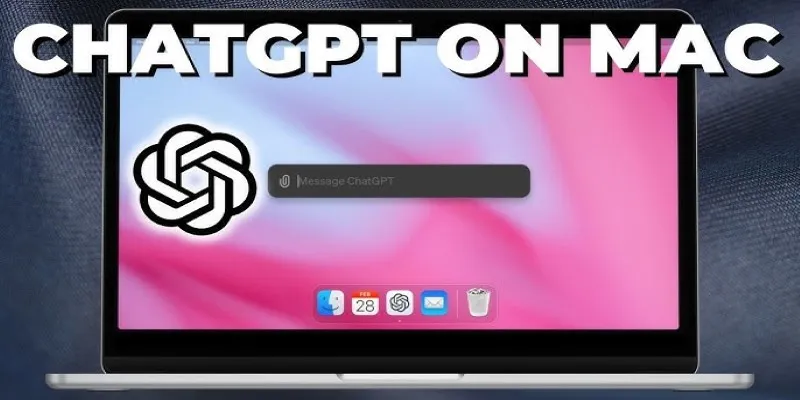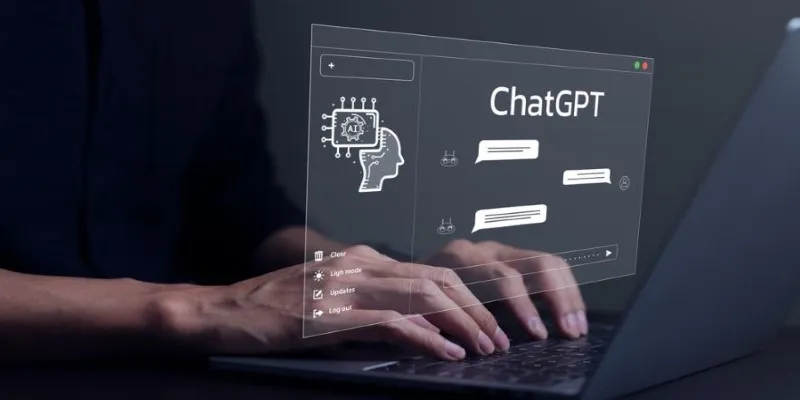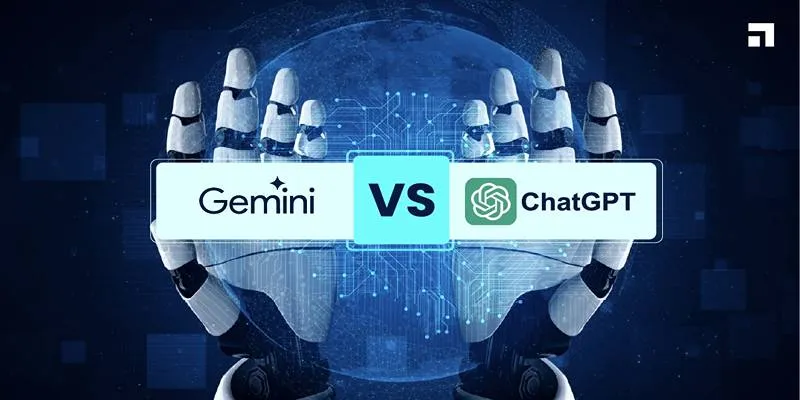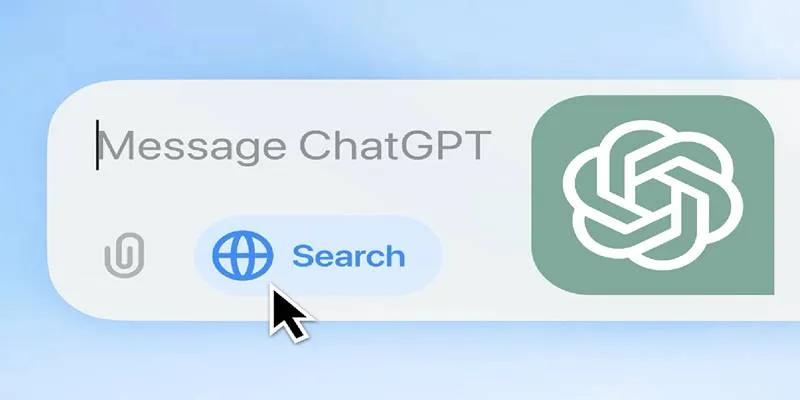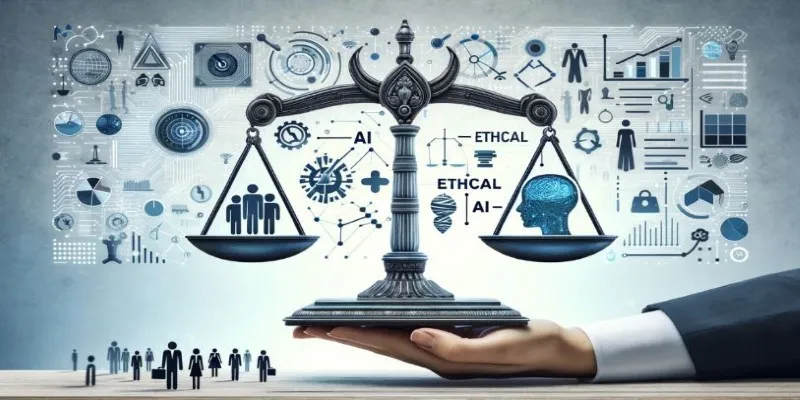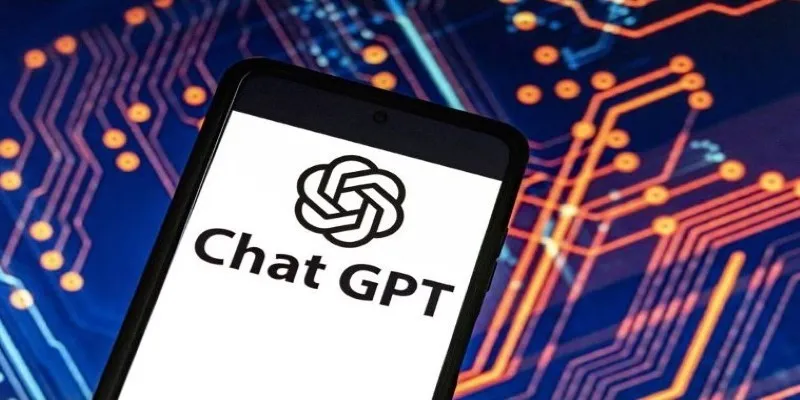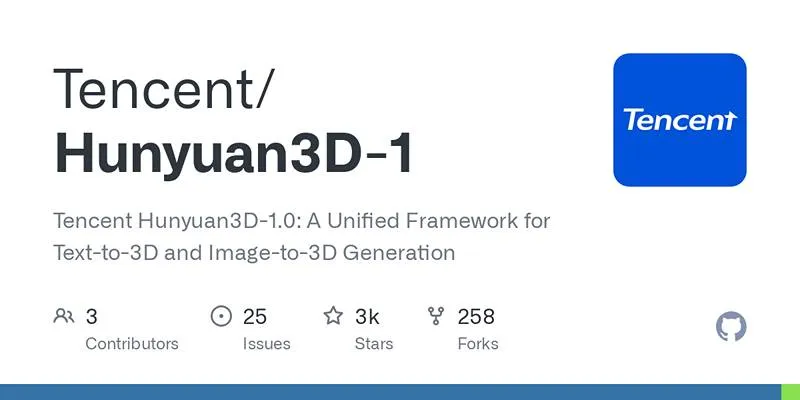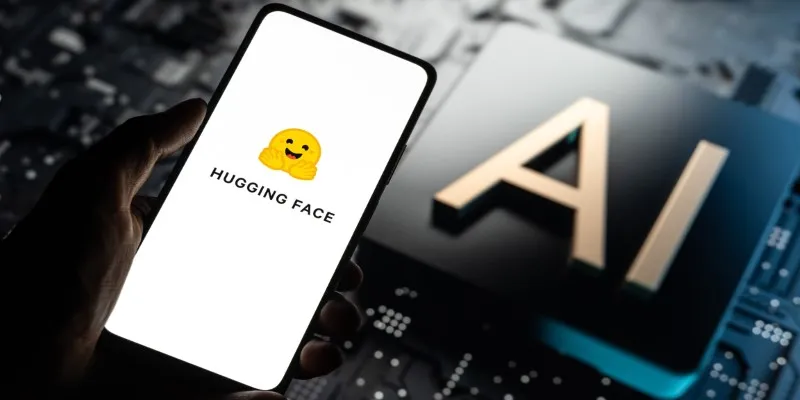You’ve probably heard the name “ChatGPT” tossed around, whether in office conversations, headlines, or group chats. But what is it exactly? At its core, ChatGPT is an AI assistant developed by OpenAI. And no, you don’t need to be a coder or tech-savvy to use it. It’s designed to make life easier, whether you’re writing a birthday message, summarizing a report, or figuring out what to cook with two tomatoes and half an onion. Without further ado, let’s walk through how it works, how you can start using it right now, and what it’s actually useful for.
Getting Started Is Easier Than You Think
You don’t need to download anything or install special software. All you need is an internet connection and a browser. Head over to chat.openai.com, create an account (it’s free to start), and you’re in. That’s it. Once you’re logged in, you’ll see a simple chatbox that looks like the kind you’ve seen on messaging apps. Just type your question or request like you’re texting a friend and hit enter.
Want a grocery list for a week of vegetarian meals? Ask for it. Need to rewrite an email so it doesn’t sound passive-aggressive? It’s got you. Wondering what to say in a wedding toast? Yep, it can help with that, too. No complicated steps and no learning curve. If you can use Google or send a message on WhatsApp, you can use ChatGPT. You read it right!
What You Can Ask ChatGPT
It’s not just about getting information — it’s about how the tool adapts to what you need. Let’s say you’re a student. You can use it to summarize dense reading material, brainstorm project ideas, or practice flashcard-style questions. And if you’re a small business owner, it can help draft product descriptions, format a newsletter, or sketch out a social media caption.
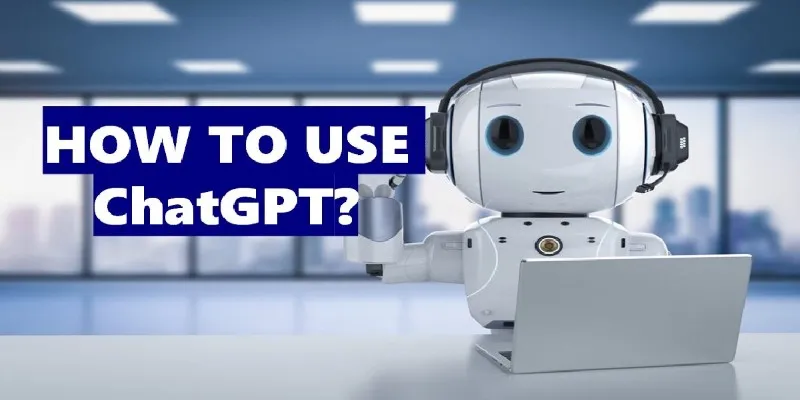
Here are a few examples of the kinds of things people commonly ask:
- “Can you explain the difference between ETFs and mutual funds in simple terms?”
- “Write a birthday message for my sister that’s funny but not cheesy.”
- “Summarize the key points from this article” (and then paste the article).
- “Give me a 15-minute full-body workout I can do at home with no equipment.”
You can be direct, casual, vague, or oddly specific — and the AI will try to figure out what you’re aiming for. The more detail you give, the better your results tend to be. But it’s flexible enough to handle last-minute, rushed, and half-typed-out messages too.
Ways to Make It Work Better for You
The real secret to using ChatGPT well is not about knowing code or technical tricks — it’s just about how you ask.
Be Clear, Not Fancy
You don’t have to use formal language. In fact, the more natural your phrasing, the easier it is for the model to understand. “Can you help me plan a weekend trip to Kyoto with two kids?” works better than “Provide a weekend itinerary for a Japanese city.”
Break Up Big Requests
Asking for too much in one go can lead to confusing results. If you want a blog post, a tweet thread, and a summary all on the same topic, break those into three separate prompts.
Tell It the Role You Want It to Play
Starting your prompt with something like “Act as a high school science teacher” or “Pretend you’re a resume coach” can help steer the tone and focus. It’s surprisingly good at adapting to different “voices” or roles.
Ask Follow-Up Questions
Don’t treat each question like a new tab. You can follow up in the same thread. So if you ask for a recipe and it gives you something that sounds too complicated, just reply, “Can you simplify that?” or “Make it without dairy?”
Use It With Your Work
One of the best ways to use ChatGPT is by feeding it something you’ve already written. Maybe you have a cover letter draft you’re not sure about or a paragraph that feels clunky. Paste it in and ask, “Can you tighten this up?” or “Make this sound more confident.” It works well as a second set of eyes.
When to Use It — and When Not To
Now, it’s not perfect. It doesn’t always know what day it is, it can’t browse the internet (unless you’re using the pro version with web access), and it sometimes makes mistakes or gives vague answers. So, if you’re looking for something time-sensitive, legal, or medical — take its output with caution.
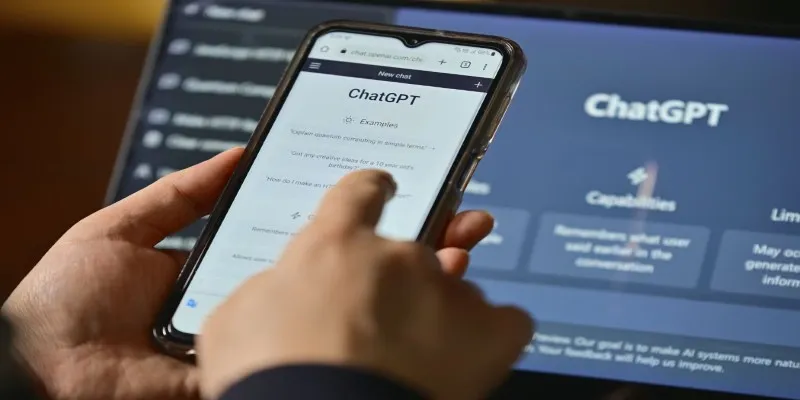
But for everyday tasks? It’s kind of a no-brainer. It saves time, helps organize scattered thoughts, and can turn a blank page into a starting point. Use it when:
- You’re stuck and need ideas.
- You want to reword something but can’t find the phrasing.
- You’re trying to explain something to someone who doesn’t share your background.
- You want to automate small tasks (like writing thank-you notes or checking grammar).
Just don’t ask it to replace actual human advice in areas where getting things wrong can really matter.
Wrapping It Up
ChatGPT isn’t just for techies or people working in AI. It’s a tool you can use in your day-to-day life, no matter your job or background. Think of it like a really patient assistant who’s always available, never sleeps, and doesn’t get annoyed when you change your mind. You don’t need to overthink your prompts or know how it works under the hood — just type what’s on your mind and go from there. Once you try it, it’s hard not to make it part of your routine. Hope you find this info worth reading. Stay tuned for more interesting yet helpful guides.
 zfn9
zfn9

